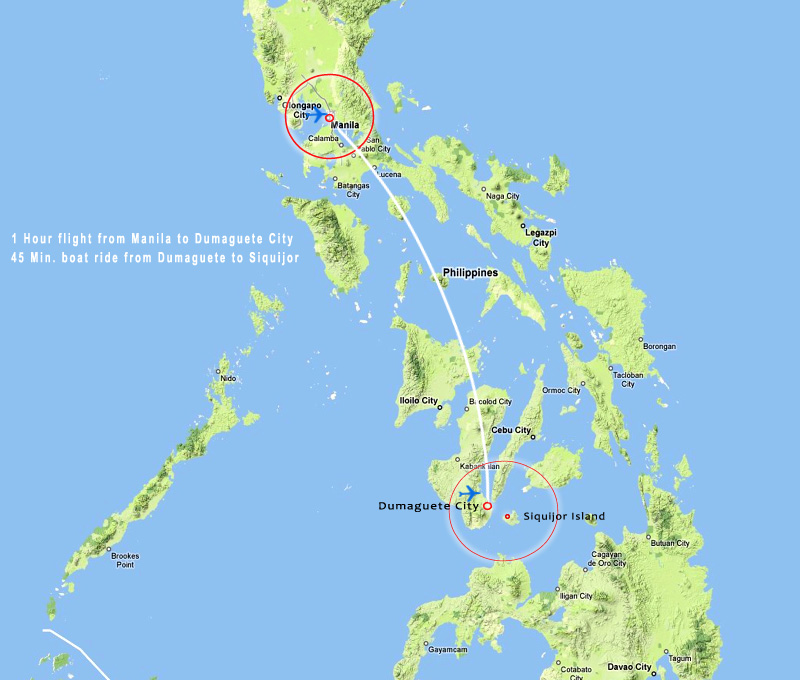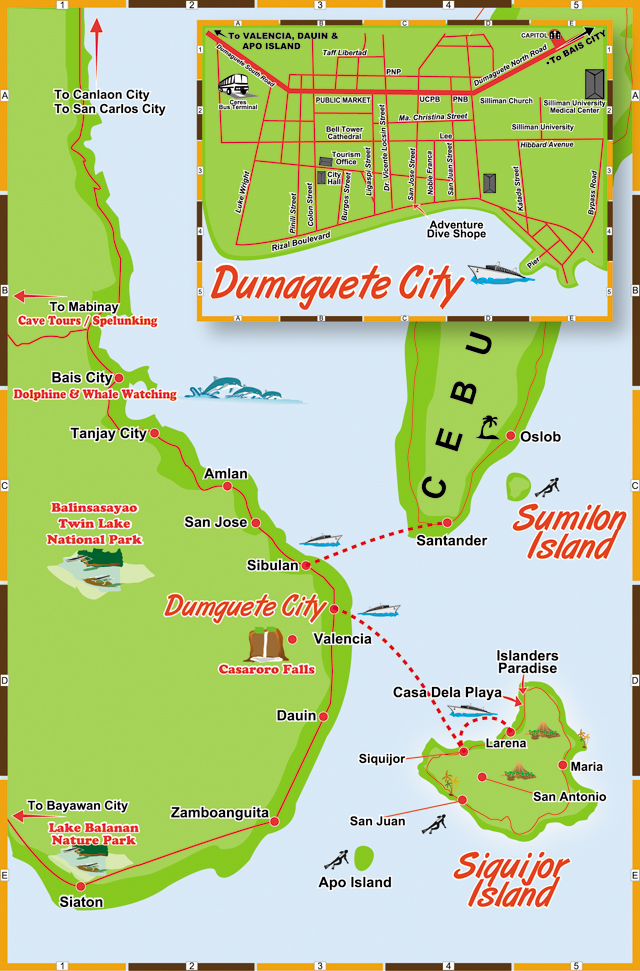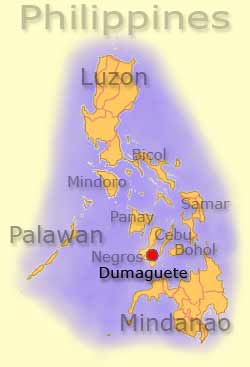
-
МјРЇСІИёСЖШИМі
-
 И№ОЫ КИОЫ Йъ ЗЛЦЎЧЯБт~ ИЎСЖЦЎ ПЙОрБюСі
И№ОЫ КИОЫ Йъ ЗЛЦЎЧЯБт~ ИЎСЖЦЎ ПЙОрБюСі 89,454
89,454 -
 [ЧЪИЎЧЩ ММКЮ] ФЋИ№ХзНК ПЉЧр 100Йш СёБтБт
[ЧЪИЎЧЩ ММКЮ] ФЋИ№ХзНК ПЉЧр 100Йш СёБтБт 48,885
48,885 -
 ИЖДвЖѓ НУГЛ - ИЎРп АјПјСЄКИ. (ЛчСј 16Рх ЦїЧд)
ИЖДвЖѓ НУГЛ - ИЎРп АјПјСЄКИ. (ЛчСј 16Рх ЦїЧд) 30,788
30,788 -
 ММКЮРЧ СіПЊСЄКИ15,528
ММКЮРЧ СіПЊСЄКИ15,528 -
 ИЖДвЖѓ БйБГ - ЕћАЁРЬЕћРЬ ПЉЧр СЄКИ14,340
ИЖДвЖѓ БйБГ - ЕћАЁРЬЕћРЬ ПЉЧр СЄКИ14,340 -
 [ЧЪИЎЧЩ ММКЮ/ИЗХК] ШЃХк МїЙк ПфБн Йз СЄКИ13,318
[ЧЪИЎЧЩ ММКЮ/ИЗХК] ШЃХк МїЙк ПфБн Йз СЄКИ13,318 -
 КИЖѓФЋРЬРЧ И№Еч И№НРРЛ КММі РжДТ ЛчСјУИ.13,131
КИЖѓФЋРЬРЧ И№Еч И№НРРЛ КММі РжДТ ЛчСјУИ.13,131 -
 ИЖДвЖѓ БйБГ - ЦХЛѓЧб ЦјЦї ПЉЧрСЄКИ12,829
ИЖДвЖѓ БйБГ - ЦХЛѓЧб ЦјЦї ПЉЧрСЄКИ12,829 -
 [ММКЮ-ЙшМБТјРх] МБЙкШИЛч РќШЙјШЃПЁПф~12,443
[ММКЮ-ЙшМБТјРх] МБЙкШИЛч РќШЙјШЃПЁПф~12,443 -
 ИЖДвЖѓ СіПЊ(ПЁИЃЙЬХИ -ИЛЖѓХз)РЧ СіЕЕ/ЧбБЙ РННФСЁ/МюЧЮИє12,110
ИЖДвЖѓ СіПЊ(ПЁИЃЙЬХИ -ИЛЖѓХз)РЧ СіЕЕ/ЧбБЙ РННФСЁ/МюЧЮИє12,110



The City of Dumaguete is a city in the Philippine province of Negros Oriental. It is the capital, principal
seaport, and largest city of the province. According to the 2010 census, it has a population of 133,470 people.
A person from Dumaguete is called a "Dumagueteño". The city is nicknamed The City of Gentle People.
Dumaguete is referred to as a university town because of the presence of four universities and a number of other colleges where students of the province converge to enroll for tertiary education. The city is also a popular
educational destination for students of surrounding provinces and cities in Visayas and Mindanao.
The city is best known for Silliman University, the country's first Protestant university and the first American
private university in Asia.There are also 12 elementary schools and 9 high schools. The city's student population is estimated at 30,000.
The city attracts a considerable number of foreign tourists, particularly Europeans, because of easy ferry access from Cebu City, the availability of beach resorts and dive sites, and the attraction of dolphin and whale watching
in nearby Bais City.
The city has a domestic airport which provides three daily flights to and from Manila through Cebu Pacific and
two daily flights through Philippine Airlines and daily flights to Cebu City through Cebu Pacific and
The power source of the city comes from the geothermal power plant in Palinpinon, Valencia. The city has
redundant fiber optic lines and is a focal point for telecommunications. It is the landing point for fiber optic cables linking it to Manila, the capital of the Philippines, the cities south of Luzon, as well as to other major cities in
southern Philippines.
History
"Dumaguete" was coined from the Visayan word "daggit" which means "to snatch". Because of the frequent
marauding attacks of the pirates on this once coastal town, and the power to attract and keep her visitors for
good, the word "dumaguet" was coined, meaning "to swoop". Thus the name was christened to the village of
Dumaguete. However, Diego Lopez Povedano in 1572 indicated the place as "Dananguet". But in 1734,
Murillo Velarde referred to it using its present name of Dumaguete.
In 1890, the island-province of Negros was divided into two politico-military provinces, Occidental and Oriental.
As earlier constituted, in 1898, Dumaguete was included in Negros Oriental. After the Philippine-American War,
on May 1, 1901, a civil government was established by the Americans in the Province of Negros Oriental,
including Dumaguete.
When World War II broke out, the city was occupied by the Japanese Imperial Forces on May 26, 1942. It was
liberated on April 26, 1945 by the combined forces of the United States, Filipino Soldiers and the recognized
guerrillas.
The establishment of the local military general headquarters and camp base of the Philippine Commonwealth
Army from 1942 to 1946 and the Philippine Constabulary 7th Infantry Regiment from 1944 to 1946 was stationed and located in Dumagette during World War II.
Three years later on June 15, 1948, Republic Act No. 327, created the City of Dumaguete. Later, on June 21, 1969, Republic Act No. 5797 was enacted, otherwise known as the Revised Charter of Dumaguete City.
Geography and climate
The City has a land area of 34.26 kmТВ, situated on the plains of the southeastern coast of Negros Island near
the mouth of the Banica River. Of the province's 19 municipalities and 6 cities, Dumaguete is the smallest in
terms of land area. It is bounded on the north by the Municipality of Sibulan; on the south by the Municipality
of Bacong; and on the west by the Municipality of Valencia. As a coastal city, it is bounded on the east by the
Mindanao Sea and the Tañon Strait, serving as a natural border to the neighboring provinces of Cebu, Bohol,
and Siquijor.
The city's topography is generally flat from two to six kilometers from the shoreline. It slopes gently upwards to
the adjoining municipality of Valencia. The highest ground elevation is located at the boundary of the municipality of Valencia, about one hundred meters above mean sea level. About 93% of the land have slopes of less than 3%. The remaining areas have 3% to 5% slope.
Climate
Dumaguete has two seasons, namely; the dry and the wet seasons. The wet season covers the period from
June to November, and the dry season starts from December to May, the hottest being April and May. The
average maximum temperature is 34.3 ТАC and the average minimum temperature is 22.9 ТАC for the past years.
The relative humidity of the locality for the past years was 78ТО% with the month of December registering the
highest.
- ЁЄ
- ЁЄ
- ЁЄ
- ЁЄryWvMVxeet
- ЁЄryWvMVxeet
- ЁЄryWvMVxeet\'\"\\(
- ЁЄryWvMVxeetщ\'\"\\(
- ЁЄryWvMVxeet
- ЁЄryWvMVxeet
- ЁЄryWvMVxeet
- ЁЄryWvMVxeet
- ЁЄryWvMVxeet
- ЁЄryWvMVxeet
- ЁЄryWvMVxeet
- ЁЄryWvMVxeet














 ЧЪРкДхФФ ОпАЃЛѓДу ПРЧТ
ЧЪРкДхФФ ОпАЃЛѓДу ПРЧТ 12ГтПЌМг МвКёРкИИСЗ 1РЇ
12ГтПЌМг МвКёРкИИСЗ 1РЇ
 ГЛАд ИТДТ ОюЧаПј УЃБт
ГЛАд ИТДТ ОюЧаПј УЃБт
 ИЎОѓ ЧаБГ ЙцЙЎБт
ИЎОѓ ЧаБГ ЙцЙЎБт
 СжИЛПЁ ГЛАЁ ОЕ КёПыРК?
СжИЛПЁ ГЛАЁ ОЕ КёПыРК? УжАэАЁМККё РЬКЅЦЎ СёБтБт
УжАэАЁМККё РЬКЅЦЎ СёБтБт
 ЧіСіПЁМЕЕ ЧЪРкДхФФ!
ЧіСіПЁМЕЕ ЧЪРкДхФФ! ЧіСіПЁМ АЁДЩЧб
ЧіСіПЁМ АЁДЩЧб









 ЧЪРк ЦЏБо Ч§ХУ! ФСНУОюСі МКёНК
ЧЪРк ЦЏБо Ч§ХУ! ФСНУОюСі МКёНК
































